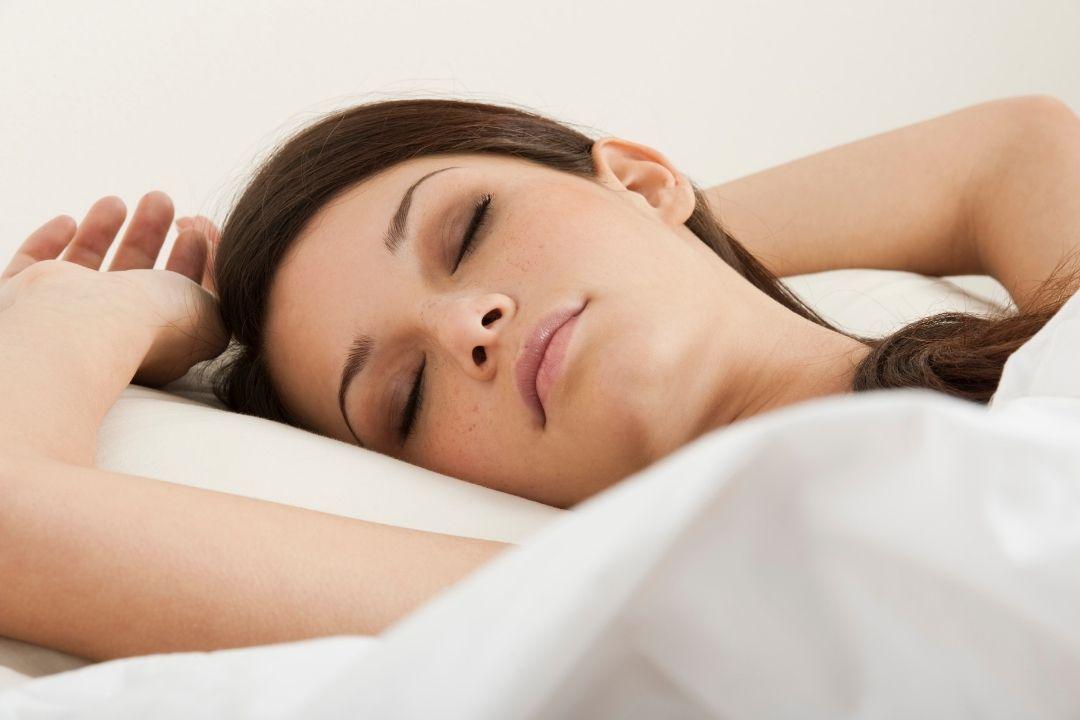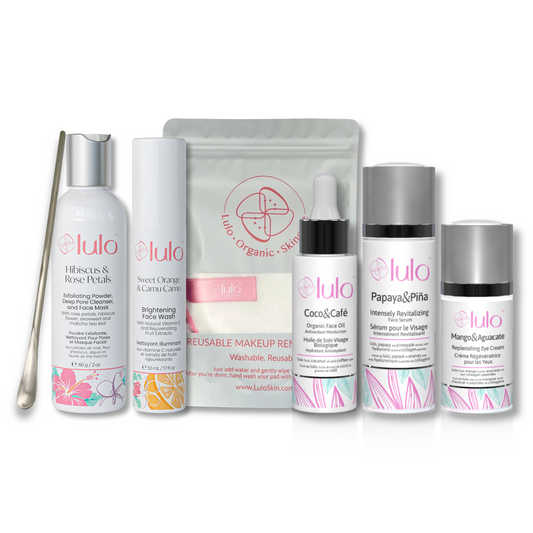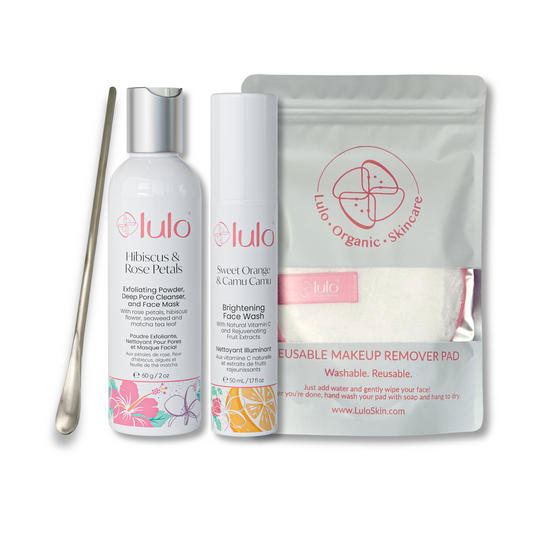
Could My Pillow Create Sleep Wrinkles?
Your much-needed rest is one of the most natural keys to looking fresh and youthful each morning. It is during sleep that the body cells are able to rejuvenate and get rid of toxins acquired during the day.
Sleeping 7 to 9 hours a night not only leaves you looking luminous, if you don’t get enough shut eye, your skin gets tired… just like you.
However, depending on the position you choose, your pillow may be messing with your skin and causing you to wake up in worse shape than when you laid down for your beauty sleep.
Here are four ways your pillow may be affecting your skin and what you can do to about it.
1. Your Pillow Can Can Clog Your Pores
Your pillow absorbs whatever bacteria, oils, makeup and sweat that you have on your face. If you don’t wash your face at the end of the day, you will have a full night of direct contact with these unwanted substances on your face all night long, night after night.
Even if you start with a clean pillowcase, after a night or two, you’re lying down on old dirt and microorganisms. As these materials come into contact with your face every night, they clog pores and create inflammation, increasing your chances of waking up with breakouts, or at least carrying around the bacteria that might cause one later.
How to prevent your pillow from clogging your pores?
- Wash your face before going to bed
- Apply your skincare at least half an hour before placing your face on the pillow to allow enough time for it to be absorbed
- Wash your pillowcase at least once a week.
- Flip your pillow over after a couple of nights and sleep on the other side.
- Look for pillows made of natural fabrics, like silk, buckwheat, bamboo fiber, or millet.
2. Your Pillow Can Cause Sleep Wrinkles
When you sleep on your side or on your stomach, the force applied to your face on the pillow can result in the development of “sleep wrinkles” over time. In other words, the weight of your face over the pillow will create creases.
The problem gets worse as we age because our skin gets thinner and loses elasticity, which lowers its ability to bounce back. Over time, these wrinkles or creases become permanent.
How to prevent sleep wrinkles:
- Avoid pressing your face against the pillow, the best sleeping position is laying on your back.
- Try putting a small pillow or cushion under your knees to improve your posture and release the pressure on your lower back. If you can’t keep your face up at night, try using a silk pillowcase, it is gentler on your skin.
- Try a “sleep wrinkle pillow.” These are designed to allow you to sleep on your side or stomach without pushing your head against the pillow.
3. Your Pillow Can Cause Irritation
If you wake up with red or itchy skin, it might be a sign of irritation caused by the detergent that you use on your pillow. Furthermore, some ingredients used in dryer sheets and fabric softeners can cause allergies and irritation. Your best choice is to stick to fragrance-free liquid fabric softeners to fight static cling.
How to prevent skin irritation from detergents
- Use gentle or homemade laundry products so you’re not exposing your skin to synthetic fragrances and other potentially harmful chemicals.




